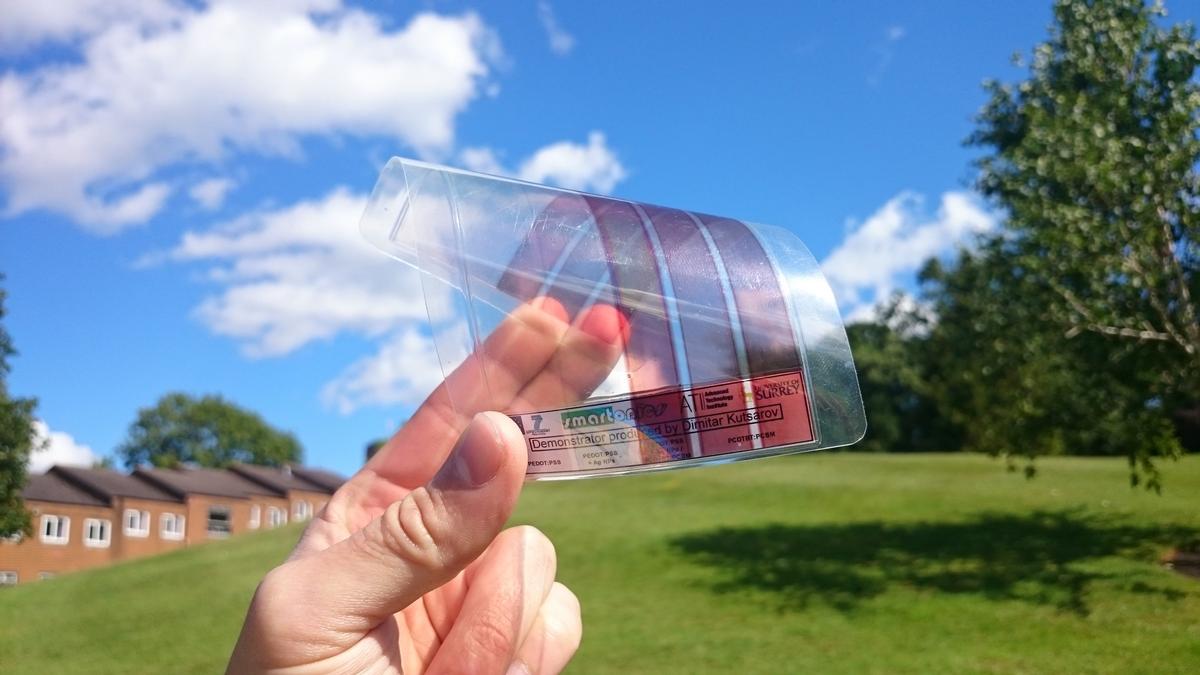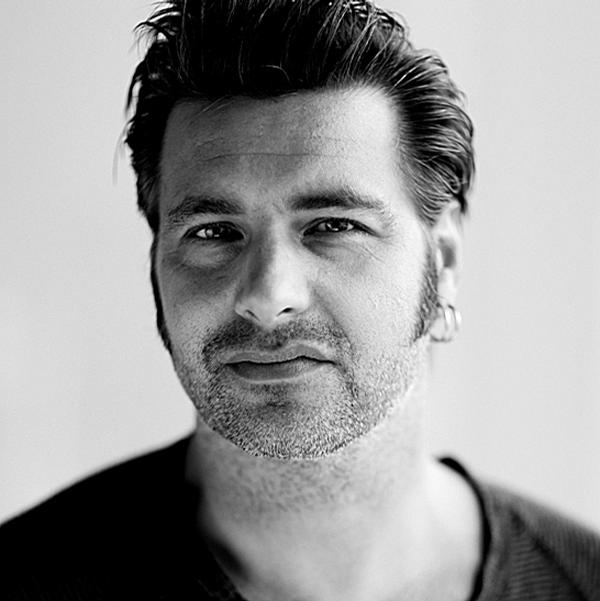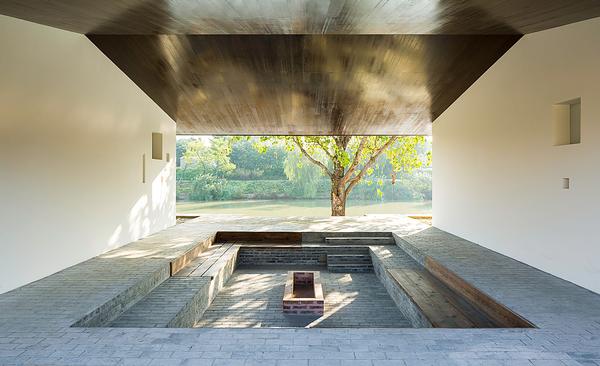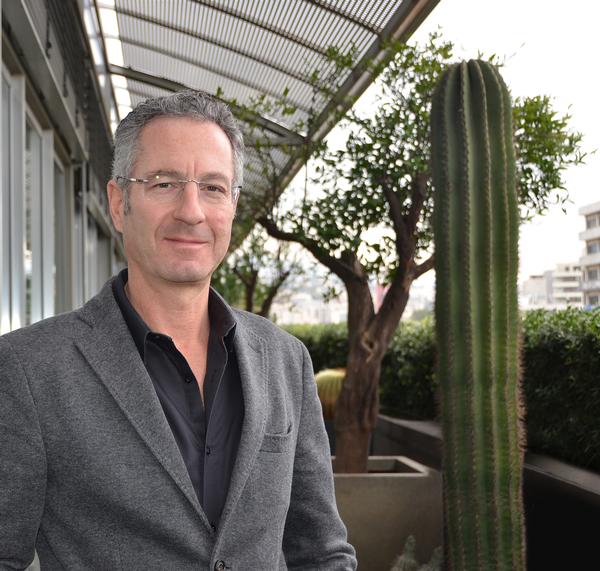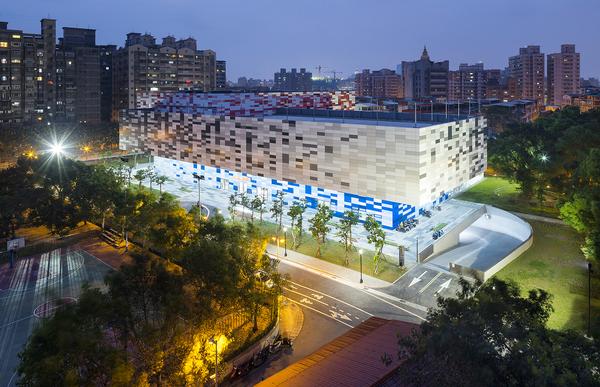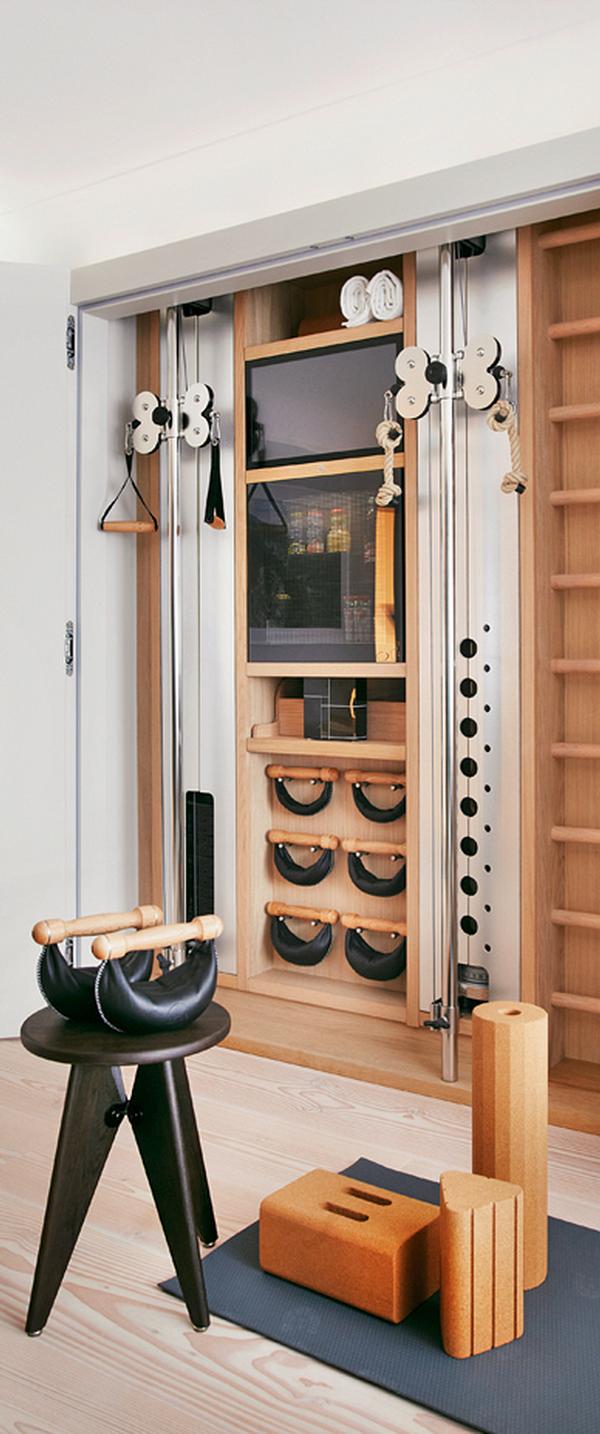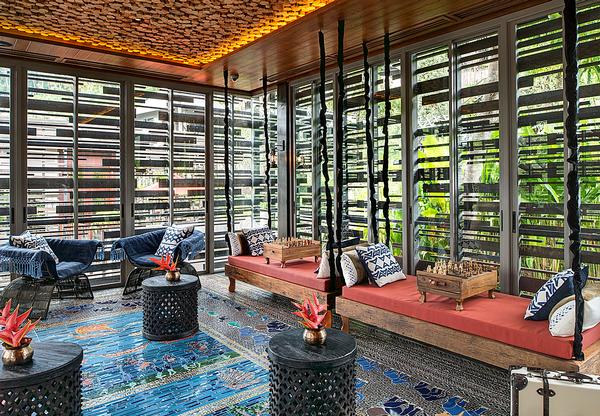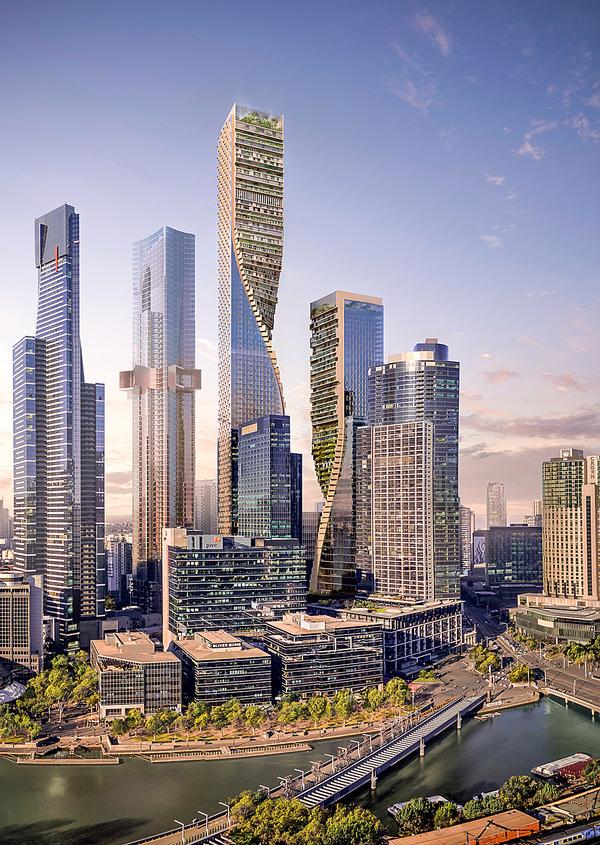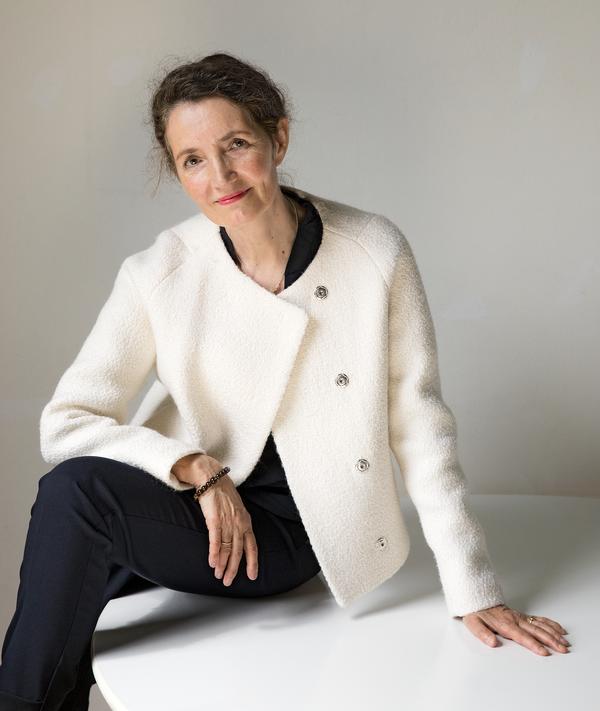Super-thin graphene 'wallpaper' will revolutionise our buildings, say scientists
British scientists have discovered how graphene – the nanometre-thin material with remarkable electrical conductivity and mechanical strength – could be applied in buildings as ‘smart wallpaper’ to generate electricity from waste light or heat.
Inspired by the light-sensitive eyes of moths, scientists at the University of Surrey’s Advanced Technology Institute have used biomimicry to create ultra-thin graphene sheets that can effectively capture light for the first time.
The team found that by using a technique known as nanotexturing – which involves growing graphene around a textured metallic surface – light can be localised into the narrow spaces between the material’s surface, enhancing absorption by about 90 per cent.
“Nature has evolved simple yet powerful adaptations, from which we have taken inspiration in order to answer challenges of future technologies,” said Professor Ravi Silva, head of the institute. “Moths’ eyes have microscopic patterning that allows them to see in the dimmest conditions. These work by channelling light towards the middle of the eye, with the added benefit of eliminating reflections, which would otherwise alert predators of their location.
“We have used the same technique to make an amazingly thin, efficient, light-absorbent material by patterning graphene in a similar fashion.”
Silva revealed that solar cells coated with the graphene sheets would be able to harvest very dim light, generating electricity that could power “a numerous array of smart applications” – sensing and controlling different physical devices.
“The next step is to incorporate this material in a variety of existing and emerging technologies,” he said. “We are very excited about the potential to exploit this material in existing optical devices for performance enhancement, whilst looking towards new applications."
The institute is now seeking industry partners to develop this technology, and Silva called for “innovative companies” to make contact so the future applications of the technology can be developed.
In an exclusive interview with CLAD last month, the lead architect on the Millennium Dome project in London, Mike Davies, forecasted that nanotechnology could soon be used to form interactive skins and facades for buildings.
He said: “Windows and walls can be fitted with microchips to do everything from reading out data to transmitting energy. I can see a future of glass walls, display walls, energy collecting walls and radiators integrated into glass walls.”
Such a scenario was envisioned by CLAD editor Liz Terry at last year’s Global Wellness Summit in Mexico City, where she predicted a future of ‘living buildings’ which will “dim the lights or increase oxygen levels if you’re tired; make the air warmer if you’re cold; and scan your body, discover what nutrients you need and fabricate food for you if you’re hungry.”
In a report released last month by Samsung SmartThings, a team of researchers and scientists predicted that in the not-too-distant future, we will live in houses with sensors that can detect the presence of things like people, pets, smoke, humidity, lighting and moisture, and change the layouts and environments of our rooms accordingly.
Graphene material nanotechnology University of Surrey Advanced Technology Institute hi-tech architecture electricity future smart technologyBleeding edge glass technology is transforming the future of our buildings
Does the future of design lie underwater, in the clouds or even on the surface of the Moon?
Liz Terry predicts the creation of Living Buildings
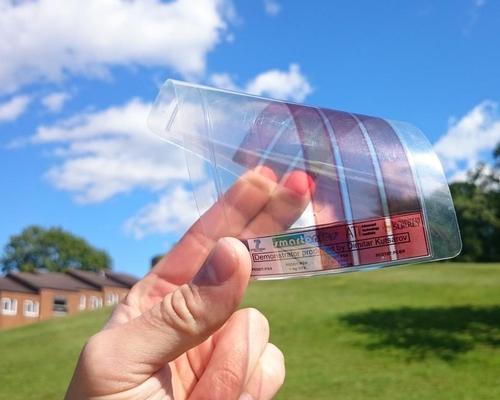

Europe's premier Evian Spa unveiled at Hôtel Royal in France

Clinique La Prairie unveils health resort in China after two-year project
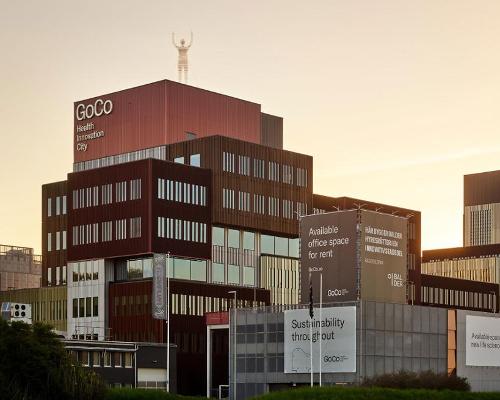
GoCo Health Innovation City in Sweden plans to lead the world in delivering wellness and new science

Four Seasons announces luxury wellness resort and residences at Amaala
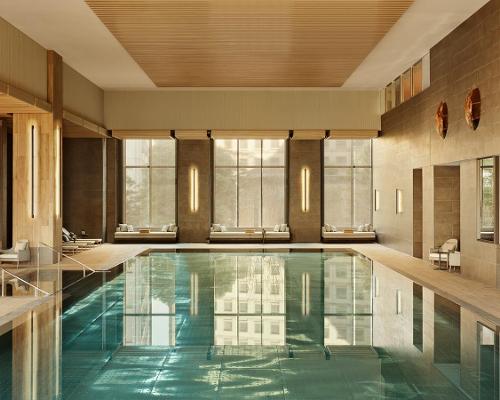
Aman sister brand Janu debuts in Tokyo with four-floor urban wellness retreat
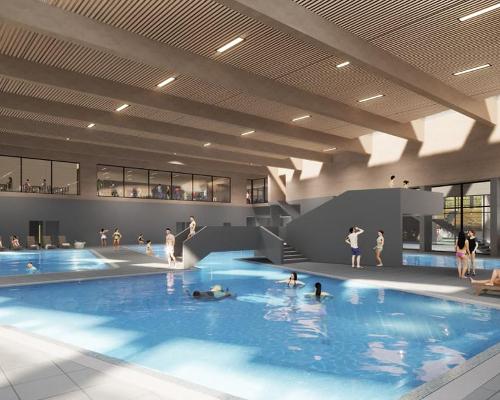
€38m geothermal spa and leisure centre to revitalise Croatian city of Bjelovar
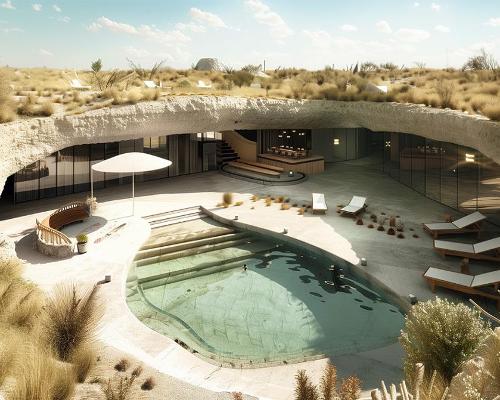
Two Santani eco-friendly wellness resorts coming to Oman, partnered with Omran Group

Kerzner shows confidence in its Siro wellness hotel concept, revealing plans to open 100

Ritz-Carlton, Portland unveils skyline spa inspired by unfolding petals of a rose

Rogers Stirk Harbour & Partners are just one of the names behind The Emory hotel London and Surrenne private members club

Peninsula Hot Springs unveils AUS$11.7m sister site in Australian outback

IWBI creates WELL for residential programme to inspire healthy living environments

Conrad Orlando unveils water-inspired spa oasis amid billion-dollar Evermore Resort complex
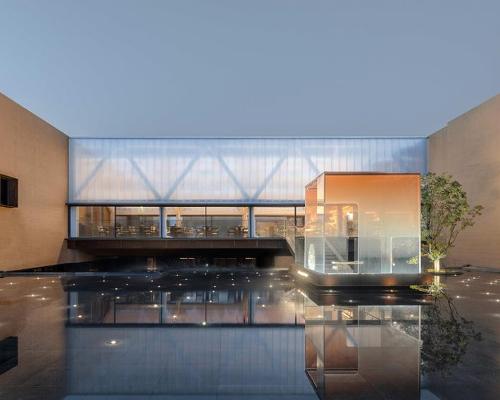
Studio A+ realises striking urban hot springs retreat in China's Shanxi Province

Populous reveals plans for major e-sports arena in Saudi Arabia

Wake The Tiger launches new 1,000sq m expansion

Othership CEO envisions its urban bathhouses in every city in North America

Merlin teams up with Hasbro and Lego to create Peppa Pig experiences

SHA Wellness unveils highly-anticipated Mexico outpost
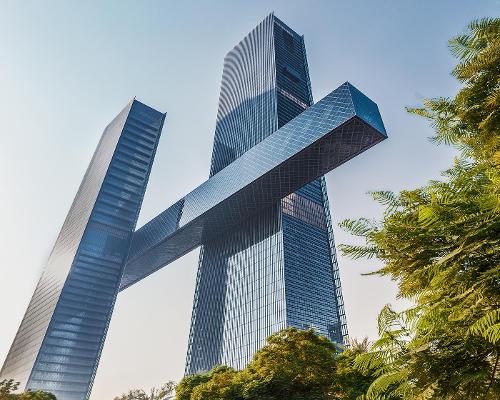
One&Only One Za’abeel opens in Dubai featuring striking design by Nikken Sekkei

Luxury spa hotel, Calcot Manor, creates new Grain Store health club

'World's largest' indoor ski centre by 10 Design slated to open in 2025

Murrayshall Country Estate awarded planning permission for multi-million-pound spa and leisure centre
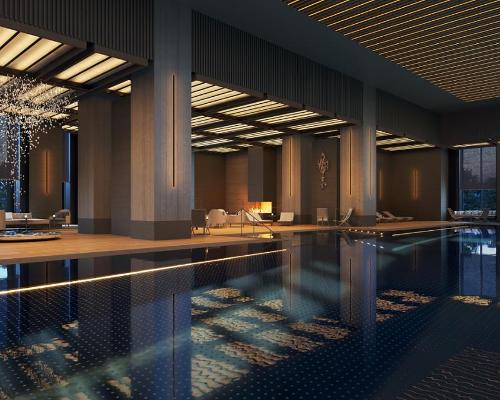
Aman's Janu hotel by Pelli Clarke & Partners will have 4,000sq m of wellness space

Therme Group confirms Incheon Golden Harbor location for South Korean wellbeing resort

Universal Studios eyes the UK for first European resort
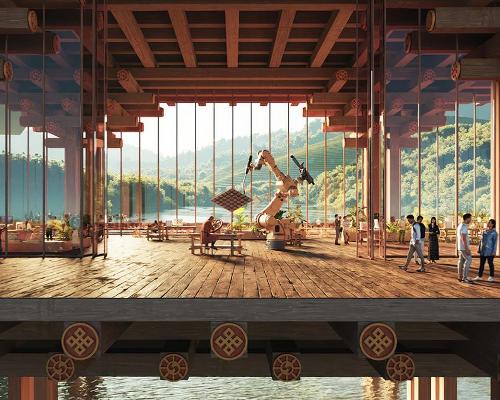
King of Bhutan unveils masterplan for Mindfulness City, designed by BIG, Arup and Cistri

Rural locations are the next frontier for expansion for the health club sector
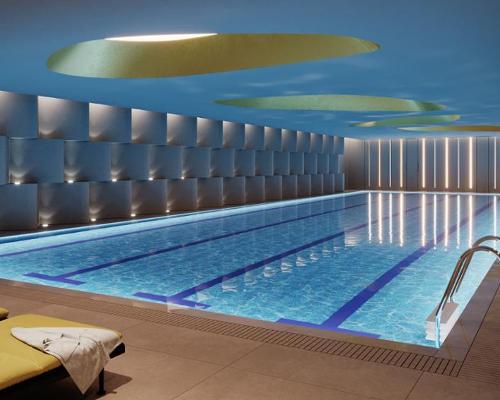
Tonik Associates designs new suburban model for high-end Third Space health and wellness club

Aman sister brand Janu launching in Tokyo in 2024 with design by Denniston's Jean-Michel Gathy
Why shouldn’t sports facilities be beautiful? Across Asia, architects are creating landmark buildings for the public, discovers Christopher de Wolf



